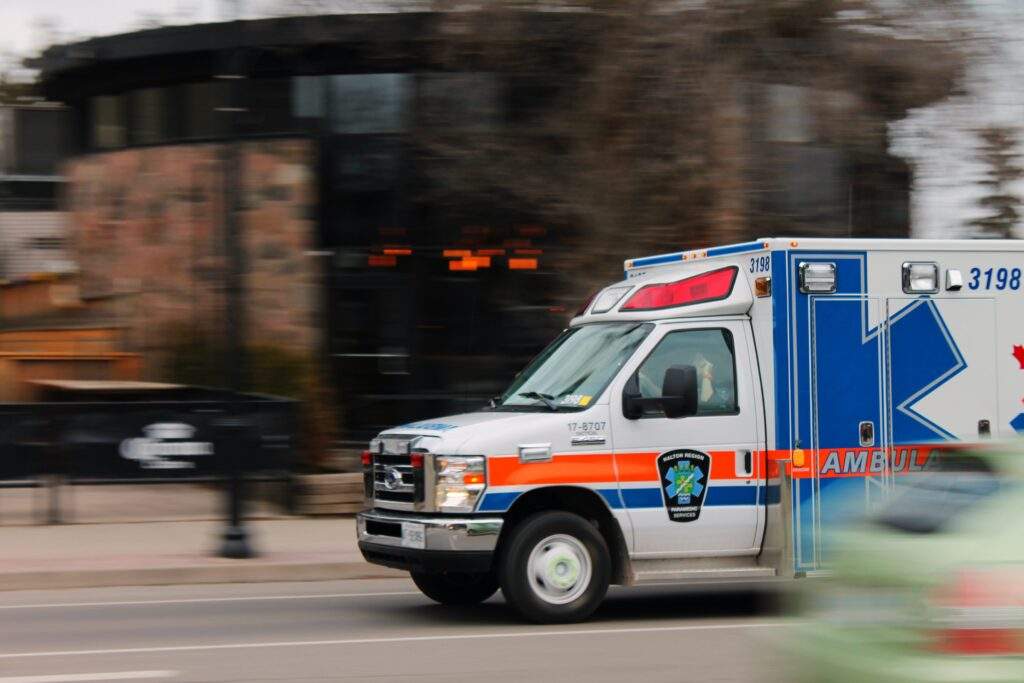Emergency medical services (EMS) provide out-of-hospital acute care and transport to definitive care for seriously ill and injured patients. They are a vital part of any healthcare system. In the United States, EMS systems are generally organized as either public entities or private companies. Publicly funded EMS is typically provided by fire departments, while private companies usually contract with local governments to provide service. Although most people are familiar with the term “ambulance,” there is a lot more to EMS than just transportation. In this blog post, we will explore some tips on how to find an ambulance service that is right for you.
What to do when you need an ambulance
- When you need an ambulance, it is important to know what to do in order to get the best possible care. Here are some tips:
- Call 999 immediately. This is the best way to ensure that you will get the help you need as quickly as possible.
- Stay calm and provide the dispatcher with as much information as possible. It is important to be able to answer questions such as your location, what happened, and whether anyone is injured.
- Follow the dispatcher’s instructions. They will be able to provide you with guidance on what to do next and how to best help those who are injured.
- Do not hang up until the dispatcher tells you it is okay to do so. They may have additional instructions for you or need to ask more questions in order to properly assess the situation.
Read More: Can an ambulance take you home from the hospital?
Ambulance BD 24
How to choose an ambulance service
- When you are in need of an ambulance, it is important to choose a service that is reliable and will get you to your destination safely. Here are a few tips on how to choose an ambulance service:
- Make sure the service is licensed and insured. This will protect you in case of any accidents or damages that may occur while you are being transported.
- Ask for referrals from friends or family who have used an ambulance service before. They will be able to give you first-hand feedback on the quality of the service.
- Do some research online. Read reviews of different ambulance services to get an idea of what others have experienced.
- When you call to request an ambulance, be sure to ask about the estimated time of arrival and what type of equipment they will be bringing with them. This will help you plan accordingly and ensure that you have everything you need when they arrive.
- Make sure to give the dispatcher your exact location so that the ambulance can find you quickly and easily.
What to expect from an ambulance service
When you are in need of an ambulance, it is important to know what to expect from the service. Here are a few things to keep in mind:
1. Ambulances should arrive within a reasonable amount of time after being called.
2. The staff should be professional and courteous.
3. The ambulance should be clean and well-equipped.
4. The staff should be able to provide basic medical care on the way to the hospital.
If you have any specific concerns or requests, be sure to let the dispatcher know when you call for help. By keeping these things in mind, you can help ensure that you receive the best possible care in your time of need.
The cost of an ambulance ride
An ambulance ride can cost you a pretty penny if you’re not careful. The average ambulance ride in the United States costs about $1,200, but it can range anywhere from $600 to $2,000 depending on the distance and other factors. If you have insurance, your insurance company may cover some or all of the cost of an ambulance ride. However, if you don’t have insurance or your insurance doesn’t cover ambulance rides, you’ll be responsible for the entire cost of the ride. There are a few things you can do to try to reduce the cost of an ambulance ride:
1. Call your local fire department or police department instead of an ambulance. In many cases, they will be able to transport you to the hospital for free or at a reduced rate.
2. If possible, ask to be taken to a less expensive hospital. Some hospitals charge more for their services than others.
3. Check with your insurance company to see if they offer any discounts on ambulance rides.
Conclusion
We hope that our tips have helped you find an ambulance service that is right for you. Whether you are looking for a local service or one that is based in another state, we have provided some useful information to help you make your decision. Remember to always check with your local laws and regulations to ensure that you are using an ambulance service that is properly licensed and insured.

